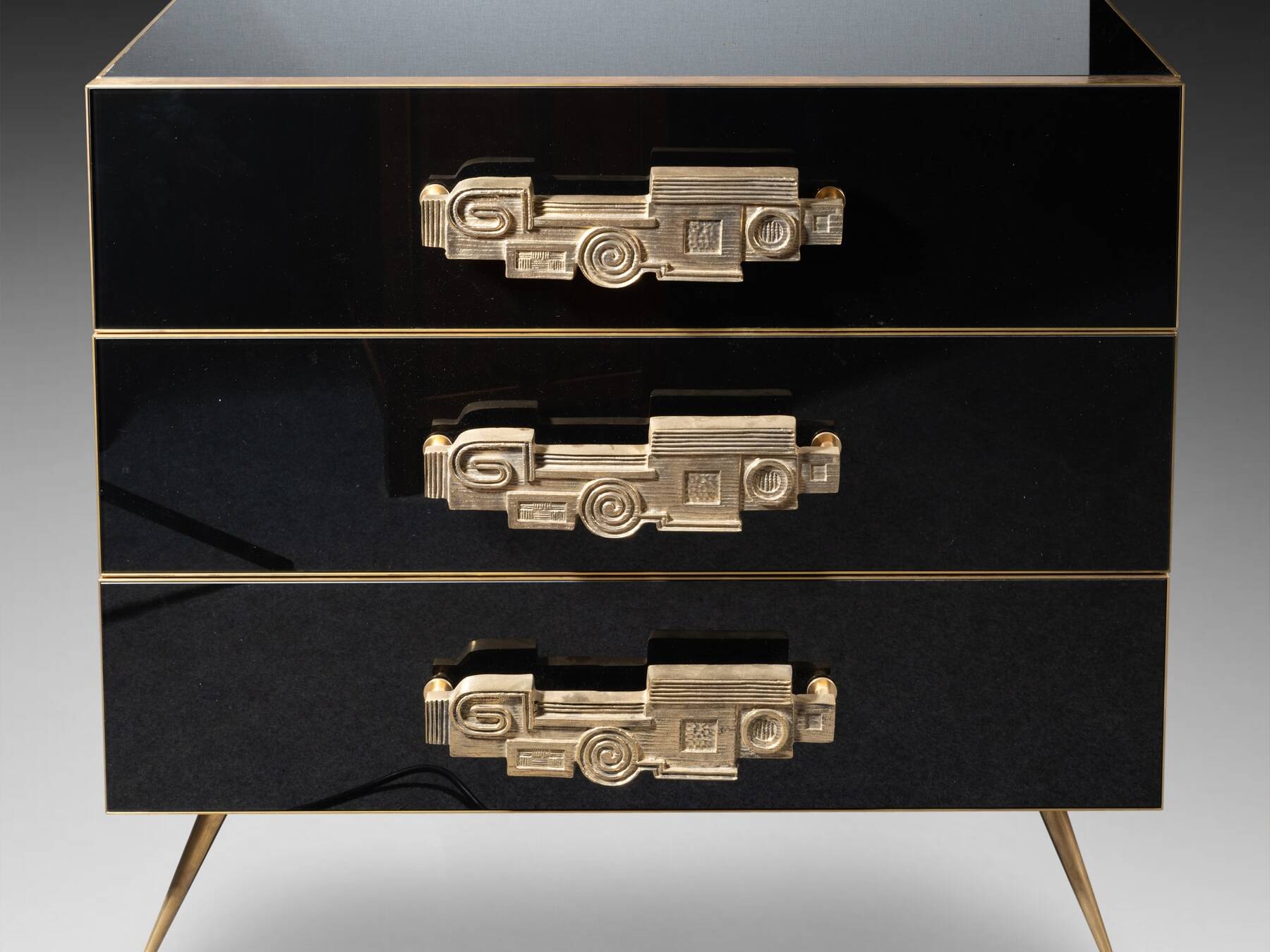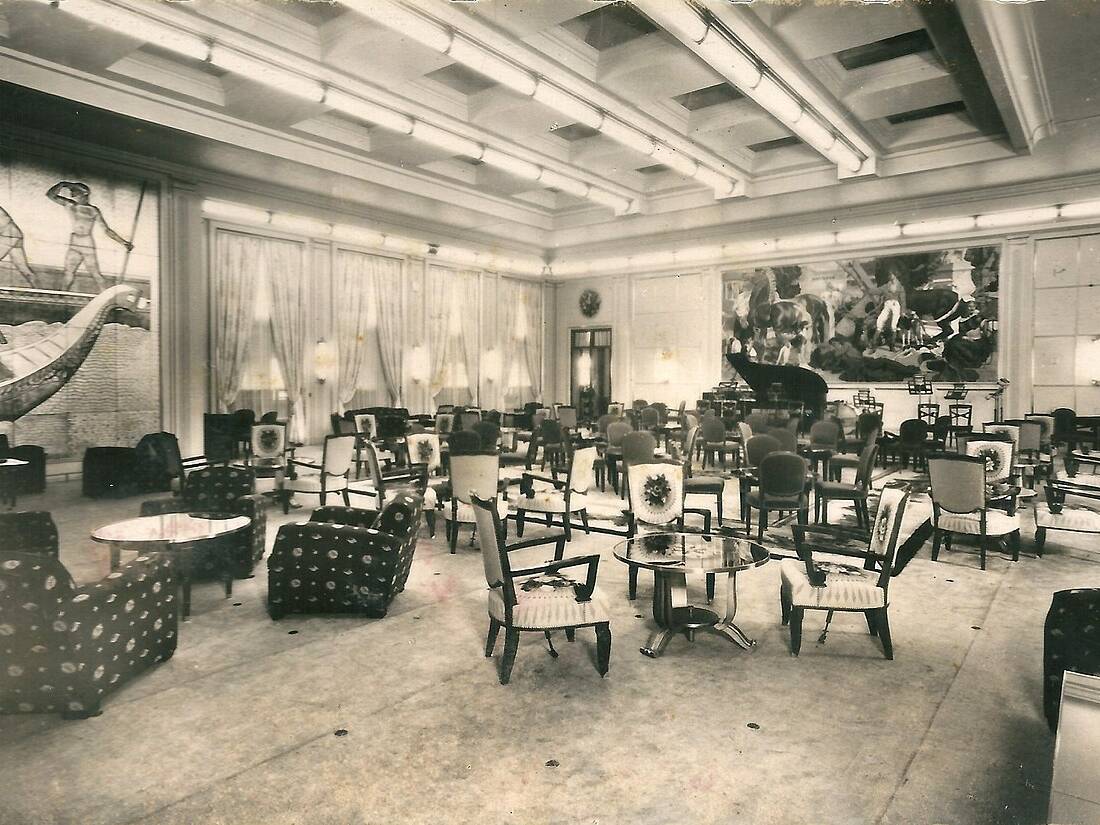The Revival of the Louis XV Style in the 19th Century
The decorative arts of the 19th century were not stingy with novelties, changing fashions and charming curiosities. The Empire, Restoration, Charles X, Louis-Philippe and Napoleon III styles follow one another, always further supporting a keen craze for Japonism and chinoiseries, the styles of the Ancien Régime, then all of this at the same time before plunging into the vegetal shapes of Art Nouveau. In this last quarter of the 19th century, the taste was eclectic but the asymmetry, the curve and the fantasy brought back to the spotlight a rococo style which was then experiencing a new golden age.

Admittedly, this return with great pomp of references to the styles of the Ancien Régime is not to everyone’s taste, nevertheless it is not a question of copying scrupulously. A century separates these two eras and the second often fantasizes about the first. Decorators and artists bring the paintings of Watteau and Boucher back to life. The productions of the rock taste are meant to be graceful and refined. It is above all the reign of Louis XV that seduces because it leaves the (honeyed) memory of a happy and light time, with graceful and charming concerns. We quote the Pompadour or the du Barry. And this pair of andirons is a pure and simple evocation of this period and its style.
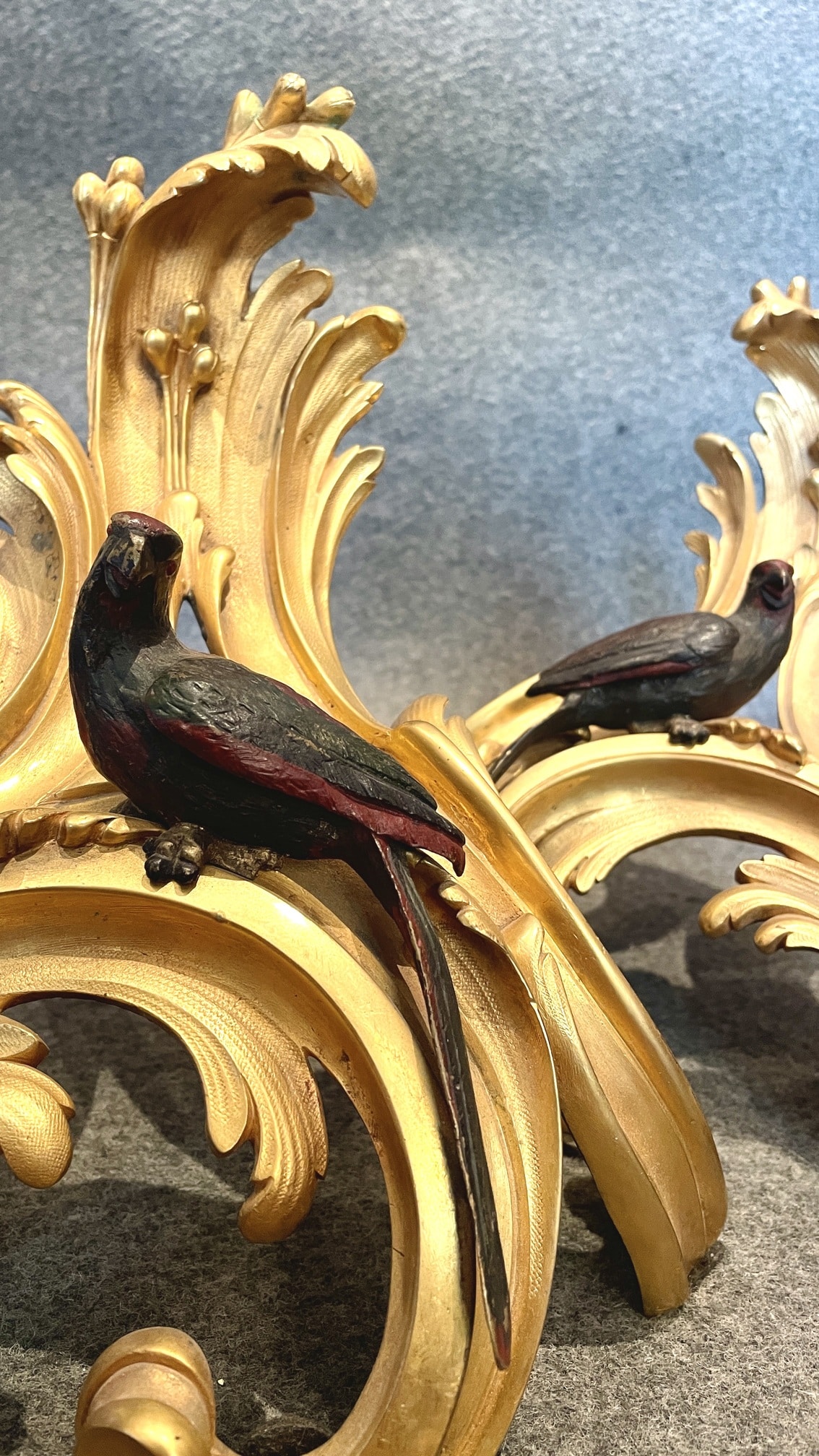
A novelty animates these andirons, however, a delightful novelty that the court of Louis XV would certainly have adored: two small bronzes of birds enhanced with colors are placed on each vegetal winding of gilded bronze. We could almost see it as a tribute to Versailles where parrots and parakeets were legion, amusing the courters or giving them that touch of eccentricity essential to avoid the pitfall of the ordinary or, worse, of the anonymous.
On these andirons, the bronzes of birds are precisely a typical production of Vienna in the second half of the 19th century. Since the 18th century, Viennese craftsmen have made a reputation for their savoir-faire in the field of goldsmithery and more particularly, bronzes. Their reputation with the European courts and the growing bourgeoisie was well established.
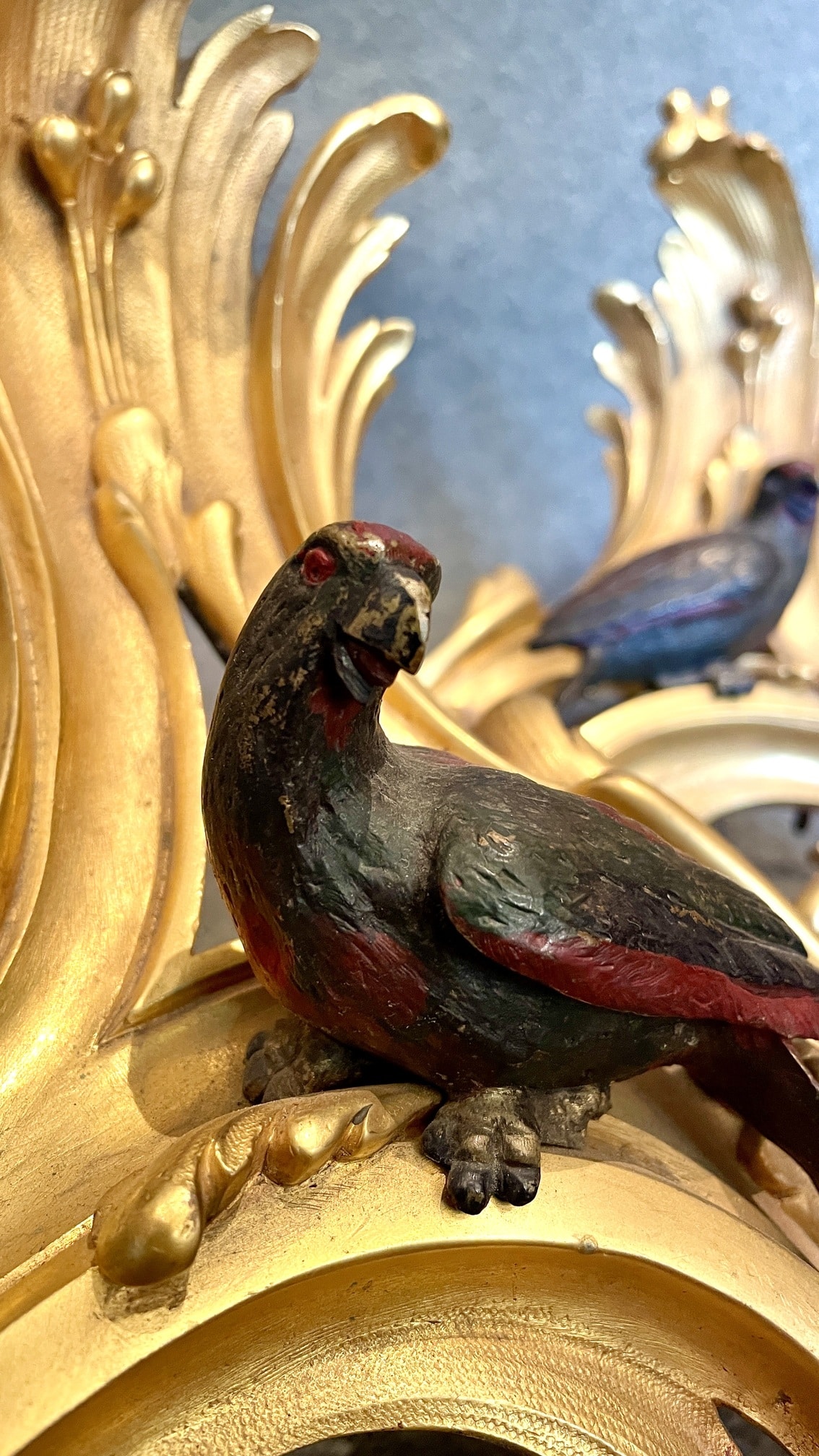
The International Success of the Vienna Bronzes
In 1850, the first bronze factory in Vienna opened on the initiative of Mathias Bermann in Hernals, very close to the city. The craftsman begins by creating small decorative bronze figurines to adorn the pipes. He creates the molds himself, takes care of the carving and then paints by hand the little animals and characters straight out of his imagination. In 1873, he presented his creations at the Universal Exhibition in Vienna where success was not long in coming, marking the start of the production, in this same city, of the famous small bronzes renowned for their high quality.
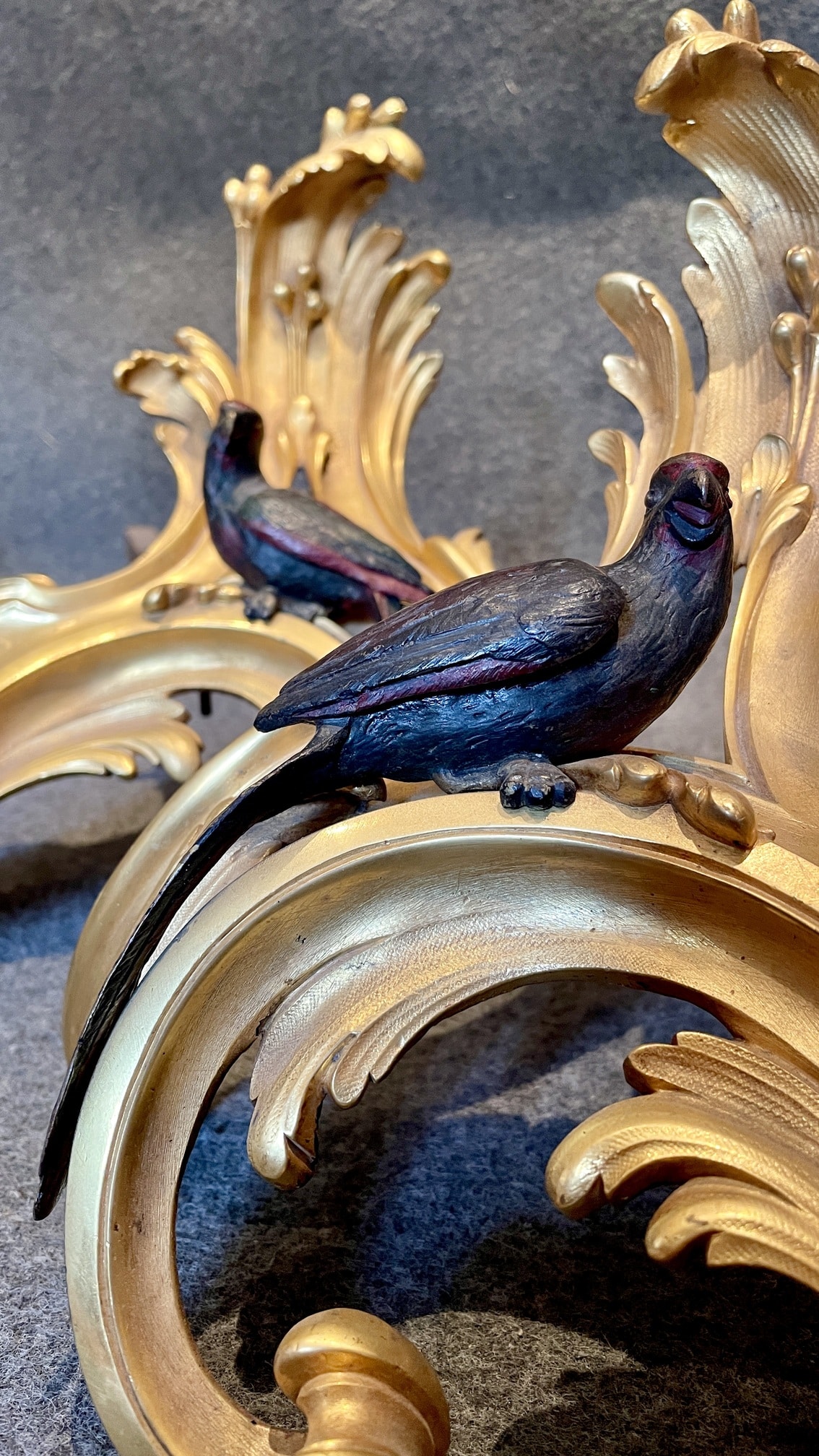
Following the initiative of Mathias Bermann, many workshops opened their doors and specialized in the meticulous work of metals and bronze. At the end of the 19th century, one counts nearly 120 craftsmen united under the title of “Wiener Bronzen”. All are distinguished by their remarkable meticulousness and the sense of detail that characterizes each sculpture. The pieces are meant to be unique thanks to the use of an always different carving and, sometimes, highlights of paint affixed by hand. This attention to detail is the reputation of the bronzes of the Austrian capital. The naturalism of this production and the multitude of subjects available are praised.
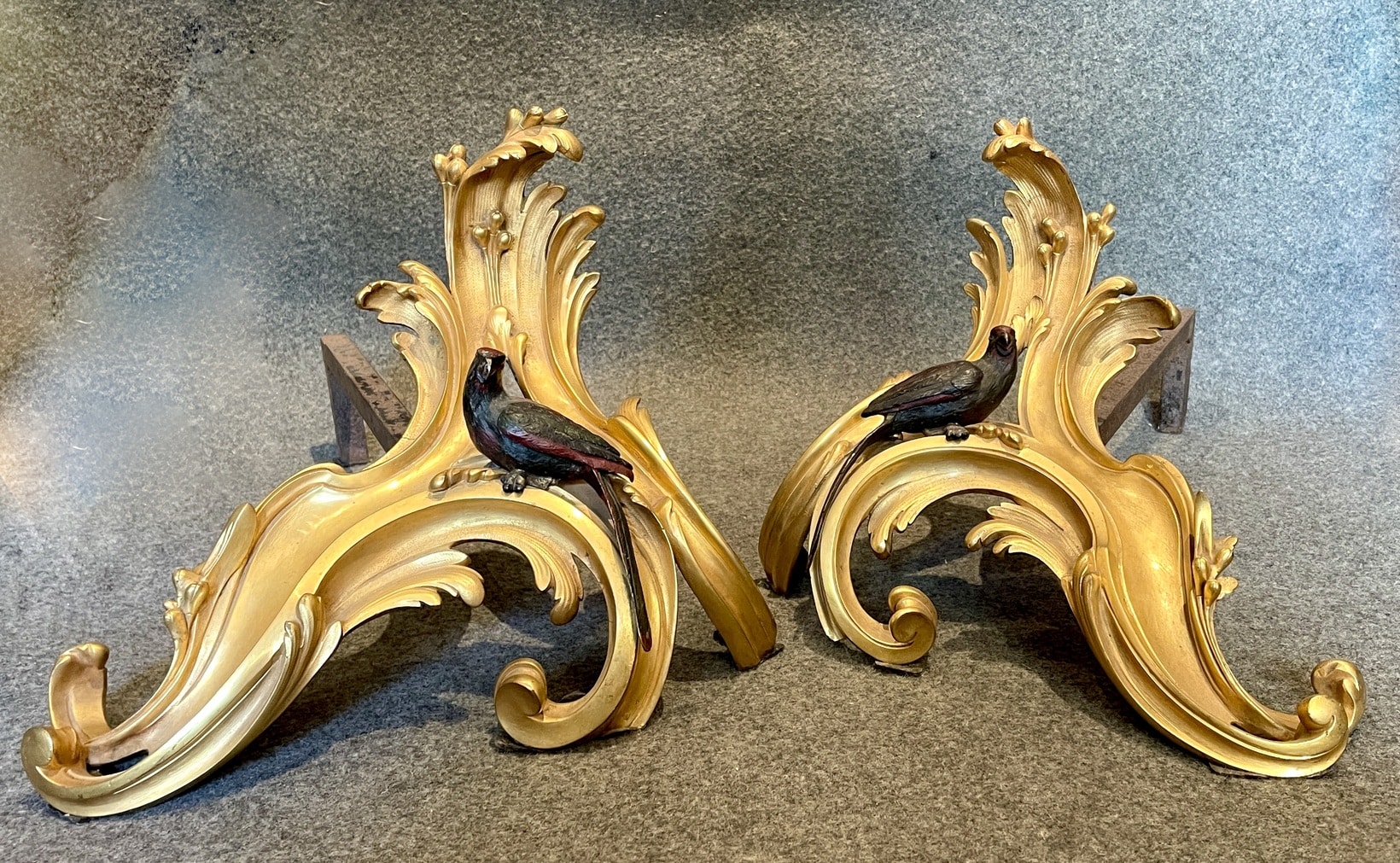
And without a doubt, these parrots testify nicely to this famous meticulousness. Especially since animal representation is a playground for bronziers and carvers who have a field day, taking care of the details, perfecting their art as they go along with their productions.
Admiring these birds, one can easily guess the meticulous observation that the bronzier made of them before embarking on the modeling and then the casting of these figurines. The Schönbrunn Zoological Garden, opened in 1752, undoubtedly played a major role in this remarkable naturalism, especially since in the 19th century, access to it was free for all visitors. Like the romantic painters sketching wild animals at the Ménagerie du Jardin des Plantes in Paris, Viennese artists and craftsmen had superb aviaries at their fingertips housing exotic birds with colorful plumage.
This taste for animal representation, facilitated by the social context of the time, enabled Viennese bronziers and engravers to give life and movement to bronzes thanks to numerous details observed on the spot and thus respecting the natural model of each sculpture.
Then, our birds are superb works of naturalism. Every detail is meticulous and the colors faithful to the natural model. Each of these birds is intended to be a replica of reality and the expected effect on decorative art objects, such as these andirons, is probably a trompe-l’oeil effect.
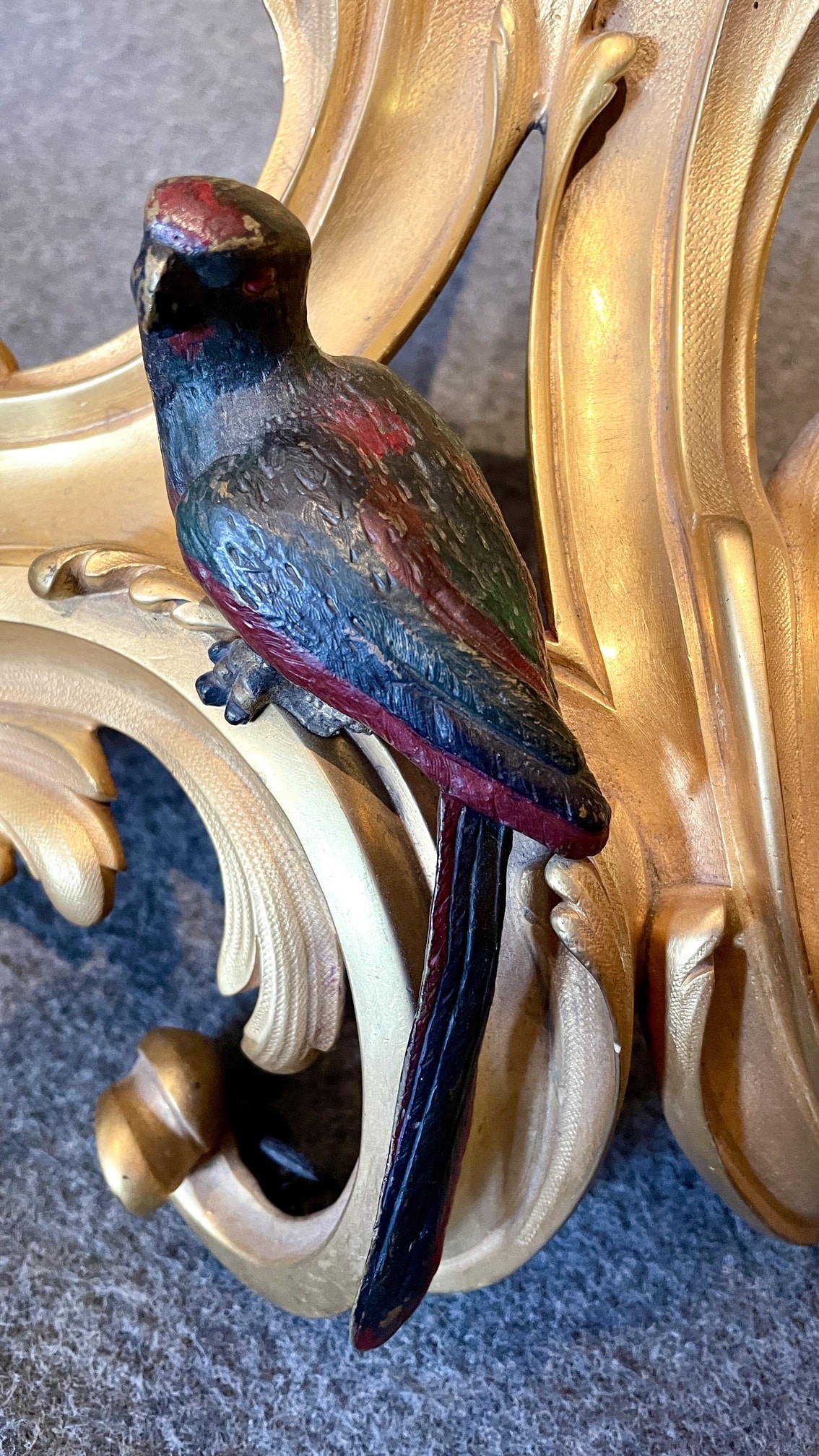
These delicate creations are a real success in France and even in the United States where the bourgeoisie loves these little sculptures. Wealthy families never tire of collecting them so that the use of this bronzes is soon available on other objects that they come to animate in an original way. This model of andirons testifies to this enthusiasm and this new fashion.
Considering this eclectic style drawing on different sources of inspiration, it is clear that it is both a revival of the Louis XV style, a taste for movement and color – facilitated by the technological innovations of the 19th century – and of the attention paid in Europe to historicism. The old styles are slightly reworked to appeal to a public that is no longer that of the previous century, which does not have the means of the aristocracy of the Ancien Régime nor the same domestic and societal uses. Between tradition and innovation, the decorative arts oscillate throughout the century and thus sign sometimes unique and often surprising creations. The bourgeoisie appropriated the codes of classic French taste and did not hesitate to mix them with novelties of its time.
The size of these andirons is proof of this. Their small dimensions leave no doubt about their destination and their use in apartments – mainly Parisians – in fireplaces that no longer have the excess of those in palaces. Between the lines, one guess the character of the first owner of these andirons: bourgeois, attentive to the details of the ostentatious rooms of his apartment, anxious to be considered as a person of his time, following the tastes and selecting what was then made of better: gilded bronze in the Louis XV style and, of course, the essential Viennese bronzes.
As a rare testimony to everyday life in the second half of the 19th century, these andirons embody all the renewal and creative richness of this era, from the interior layout to the values claimed in the way it was furnished.

Marielle Brie
Art Historian for Art Market and Cultural Media
Author of the blog Objets d’Art et d’Histoire
Autres ressources et documentations
28 June 2025
Plaster Sculptures, Plaster Casts
For a long time, plaster casts suffered from a poor reputation. Often regarded as crude replicas, and sometimes even dismissed as inexpensive imitations, they nonetheless had…
17 April 2025
The Middle-Ages Furniture
Rare and highly sought-after, Middle-Ages furniture is making a strong comeback. An overview of this market, where enlisting the guidance of a professional is strongly advisable.
18 March 2025
Murano Glass Furniture
Since the beginning of the 20th century, Murano glassmakers have been exploring new horizons. After classic lighting and decorative art, Murano glass is now used to adorn…
16 December 2024
A bronze triton after the sculptures of François Girardon (1628 – 1715) in Versailles
This fountain element is all the more admirable as it is sculpted after the masterpieces of the Pyramid Basin, on the parterre of the North Wing of the Versailles gardens.
18 November 2024
Tyco Bookcase, by Manfredo Massironi, for Nikol International
A pure creation of optical art research in the 1960s, the Tyco library shelf designed by Manfredo Massironi invites the viewer to bring the work of art to life on a daily basis.
3 August 2024
The Ocean Liner Style
In the 20th century, the immense ocean liners connecting the Old Continent and the New World were ambassadors of tastes and innovations on both sides of the Atlantic.



